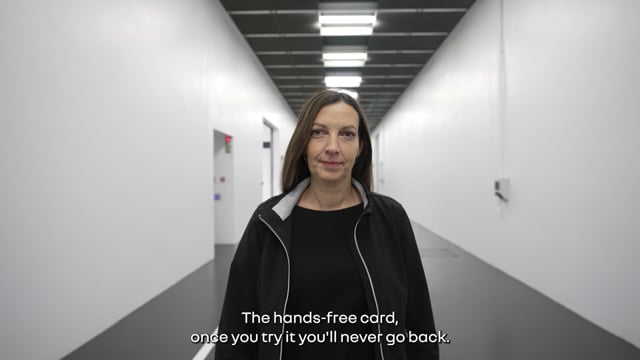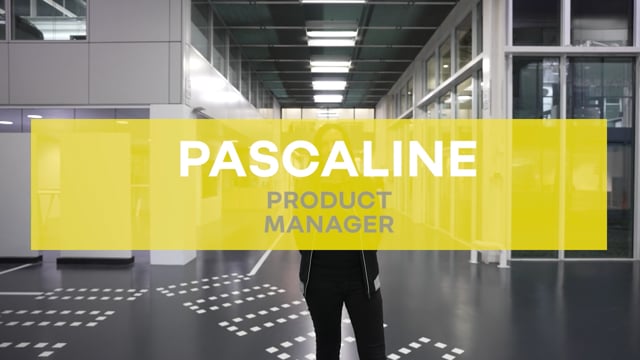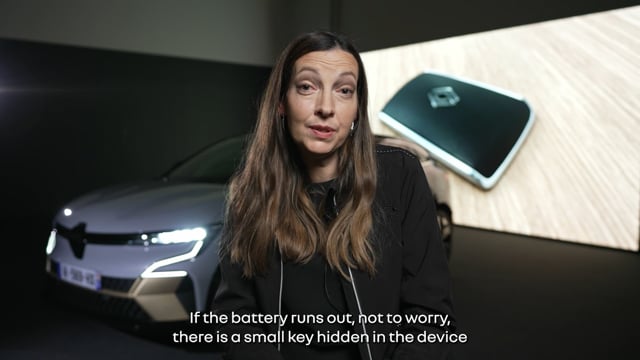Hands-Free Card: 20 years of innovation in the palm of your hand
Electric windows, power steering, air-conditioning, rear-view camera, GPS... that is just a small selection of all the inventions that have altered the face of modern cars and brought great change to the everyday lives of motorists. Some have helped improve safety. Others have redefined comfort standards. The hands-free card has made using cars easier. First designed by Renault 20 years ago, it quickly become a hit with consumers despite a few bumps along the journey. Pascaline, Head of Cross-Cutting Products at the Renault Group Products division, takes us through the history behind the magic card.
20 December 2021
Initially seen as a gadget worthy of 007, the hands-free card was gradually adopted by manufacturers around the world, eventually becoming a standard feature in many cars. Much like the hatchback, that was popularised in the early 1960s, this small object – barely larger than a credit card – is one of Renault’s leading innovations that will leave its mark on the history of automotives.
"This innovative solution was designed to make life easier for customers."
Pascaline, Head of Cross-Cutting Products at the Renault Group Products Division
A story of little things making great change!
It all starts in 2001. Renault was set to start selling Laguna II, a saloon that was said to embody the ‘lifestyle’ car of 21st century. However, its designers felt that the design was still lacking a few innovative features.
Sometime before its official launch, Bernard Dumondel, the Laguna II product lead, was staying in a hotel in Luxembourg. He goes to use his room key – a magnetic card – and has an epiphany: why not use a contact-less card instead of the traditional car key? The idea behind the hands-free card is born. He presents a prototype of his idea to his program manager and enthrals the Group’s Executive Committee (including Louis Schweitzer himself, the then CEO of Renault). The project is adopted, and a patent lodged.
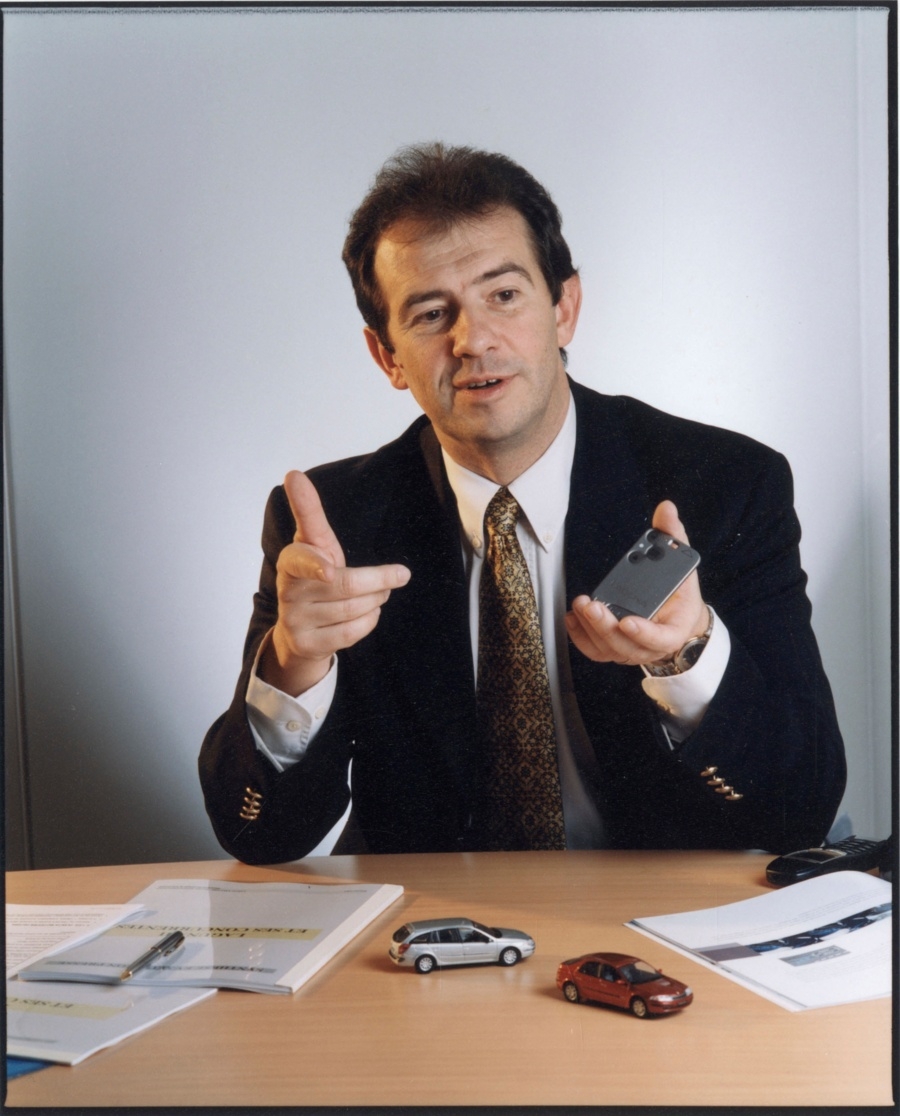
Bernard Dumondel, product manager for Laguna II, designed the first Renault hands-free card
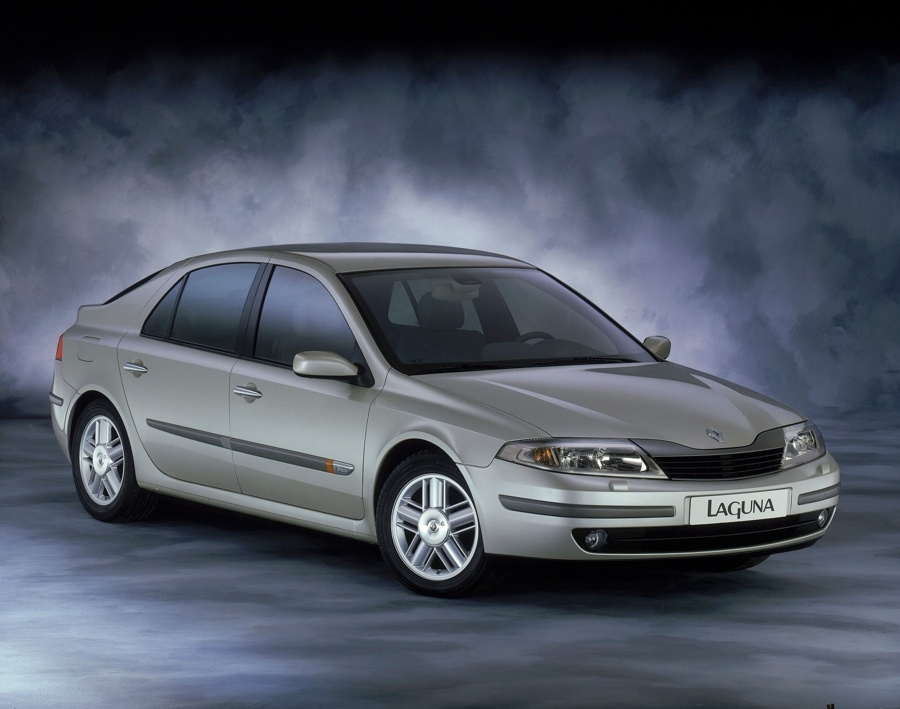
Launched in 2001, Laguna II was the first Renault model equipped with a hands-free card
Following the 1973 R16 TX – the first French car to have electronic central locking – and the 1982 Fuego with its ground-breaking remote-controlled door locks, Laguna II became the first car made by a general-purpose car manufacturer to feature a hands-free card. The initial design was known as a ‘keyless entry vehicle’. Over the following years, Renault improved the accessory by including it on Espace and Vel Satis models. It then helped popularise the design by extending it across its entire range, from Clio, to Scenic, and on to Megane.
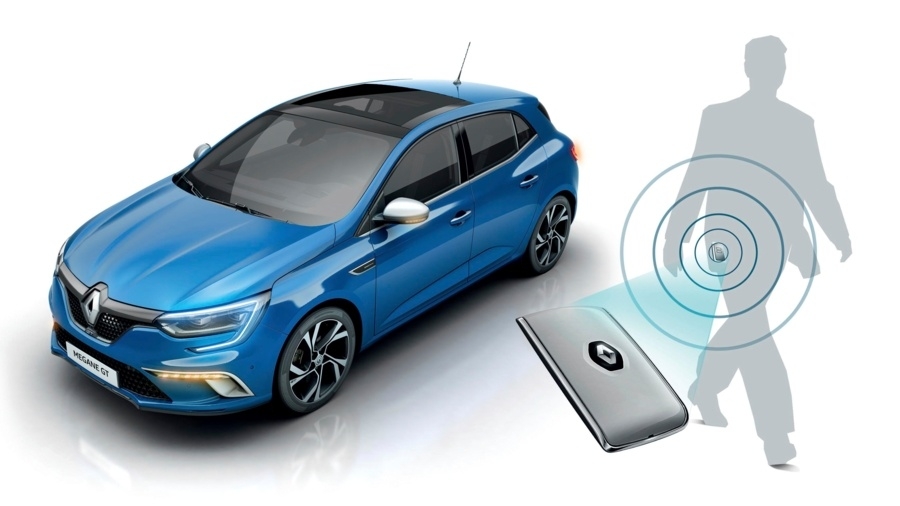
On the latest generation of hands-free cards, the car is unlocked when the badge is approached and locked automatically when it is moved away.
When innovation brings technology and accessibility together
Behind the hands-free card’s minimalist plastic case hides a sophisticated electronic core. It is programmed to constantly ‘communicate’ with the car it is paired to.
When the vehicle is approached, the card is detected by receiver-transmitters located throughout the car. When the vehicle pings the card with a verification request, it emits a radio signal containing an access code. If the car recognises the code, it unlocks the doors All this takes only 80 milliseconds. Faster than the blink of an eye! When the person holding the hands-free card climbs out of the vehicle, the on-board computer continues to ping the card at regular intervals, to see if it is still in the vicinity. When the card no longer responds, the computer locks all the doors.
Technical uncertainty and hurdles
According to Pascaline, inventing the hands-free card “was a mighty challenge with a fair amount of risk.” Despite its record 5-star Euro NCAP crash test, Laguna II suffered from technical hiccups in the months following its release. This was also the case with the first version of the hands-free card. Its signal could be easily muddled by nearby objects, like the neon lights often found in parking lots. It must be said that the underlying technology was, at the time, still in its early stages. Despite an in-depth design brief based on more than 6,000 customer interviews looking at their lifestyles, habits, and expectations, Renault had run out of time to create prototypes, test all possible use-cases, and correct for any unknowns.
In a concerted effort to satisfy customers, the then Renault engineers and designers “reworked the design from top to bottom, to offer an even more powerful option later on down the track,” adds Pascaline.
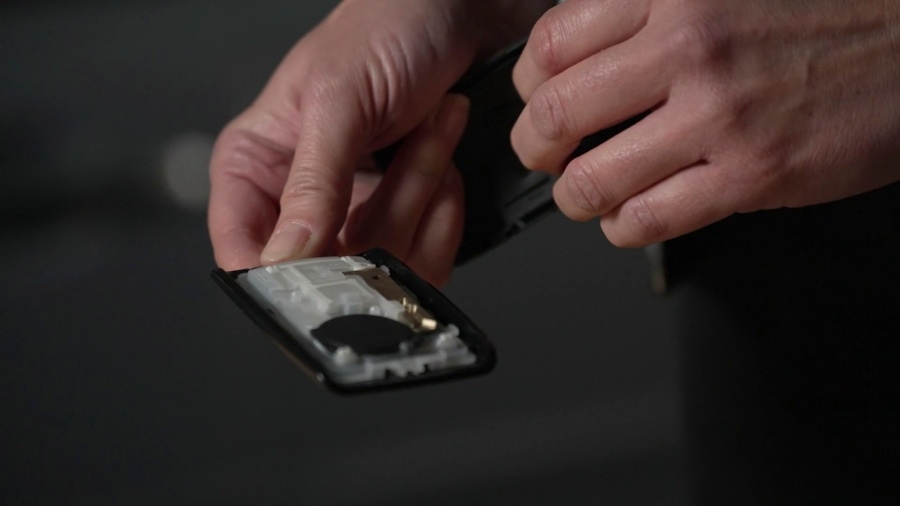
To prevent the badge's battery from running down, the Renault engineers concealed a small ignition key in its case.
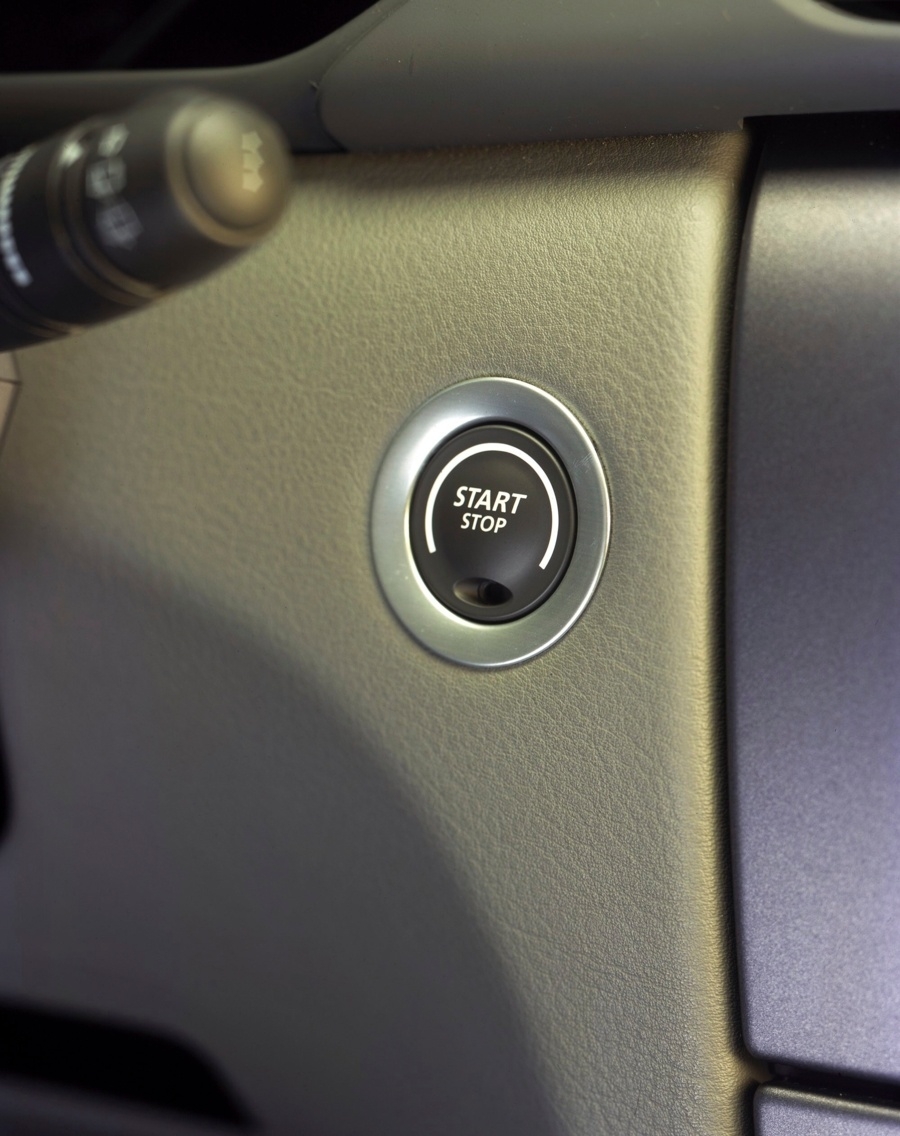
Detail of the "Start" button, incorporated in Laguna II. It allowed the driver to start the vehicle without a key.
Here are some examples of improvements that were added to the design brief for the hands-free card. Each feature is born of a challenge that Renault engineers successfully overcame:
- Guarantee the watertightness of the hands-free card. Many people had the unfortunate habit of forgetting their cards in the pockets of trousers or jackets before putting them in the washing machine.
- Make the case stronger. Another unfortunate habit was that some customers would place their card in the back pocket of their trousers and inadvertently sit on it.
- Use the on-board computer to deactivate the remote unlocking when approaching the car. For people who would keep their card on them at all times found that washing their car soon became a nightmare. They would unwittingly lock and unlock the vehicle as they moved around.
- Hide an ignition key inside the card. Should the card malfunction or if the battery were to run out, Renault concealed a small ignition key in the case that could be used to manually open doors.
- Offer up to four personalised card per vehicle. Because you may have multiple people in one family using the same car, Renault chose to offer up to four cards per vehicle. Each card also recorded customised settings for its specific owner (radio settings, seat position, air conditioning, etc.)
- Shorten down time in the workshop. To save customers time when sending their car to the mechanic for a diagnostics check, the hands-free card stores information such as the car’s serial number and registration, details about the owner, equipment, mileage, and even tire pressure. It became a sort of ‘car passport’.
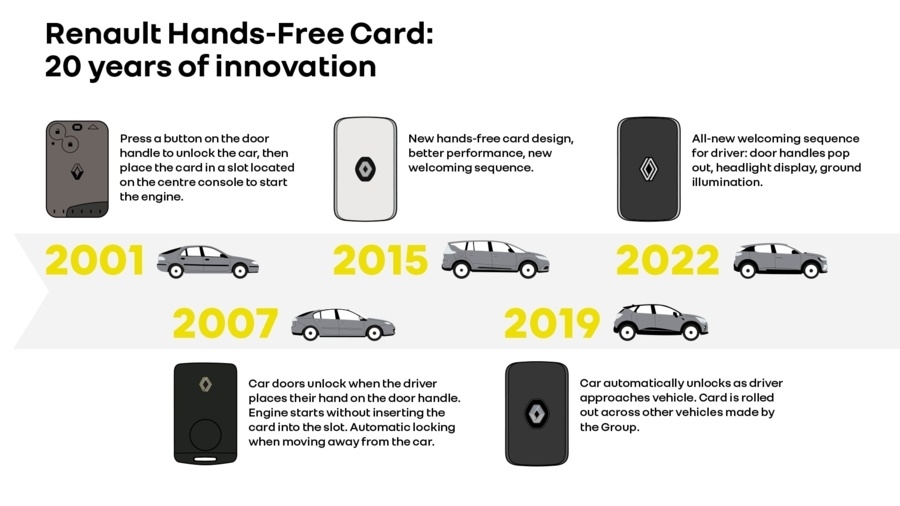
The Renault Hands-Free Card in five key dates
20 years of technological evolution
Over the 20 years since its creation, the Renault hands-free card has gone through constant change. In terms of both its look and especially the technology inside.
In 2001, the very first version made by equipment supplier Valeo was known as the ‘practical’ card. Anyone holding the card could lock and unlock the car by pressing a button located either on the card or on the door handle. The standard version was to be used like a remote control or it could be upgraded to a ‘hands-free’ model. Inside, centre console features a slot for the card and a button to start the engine.
In 2007, Renault moved on to the ‘magic’ card. When carrying the card on their person, a driver only has to grab the door handle for the whole car to unlock. Inside, the card slot has since been removed.
In 2015, Renault launched Espace V, a minivan that came equipped with a more efficient and revamped version of the hands-free card. It also featured a new light and sound welcoming sequence.
In 2019, the design took on the true meaning of the term ‘hands-free’. The car locks and unlocks the doors automatically when the card is brought near or taken far away.
In 2022 , the All-New Megane E-TECH Electric is going to take the hands-free experience even further. Thanks to more efficient aerials, the card holder is readily detected no matter where they are in a 360° area around the vehicle. The welcome sequence triggers as they approach the vehicle, while the flush door handles – normally hidden within the car body – pop out, and the charging port cover automatically unlocks.
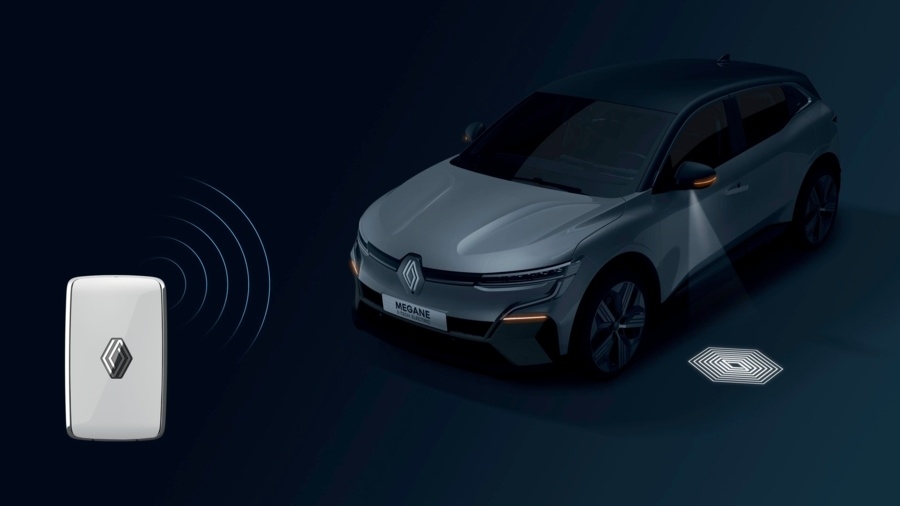
When the holder of the hands-free card approaches, New Mégane E-TECH Electric activates an illuminated welcome sequence.
What is the future for the hands-free card?
Always at the forefront of technological innovation, Renault has spent recent years endeavouring to make using the hands-free card even easier to use. The electronic parts housed inside have become even smaller. Its range has been extended and its battery life has been optimized. As for security, recent updates have made the system even harder to hack.
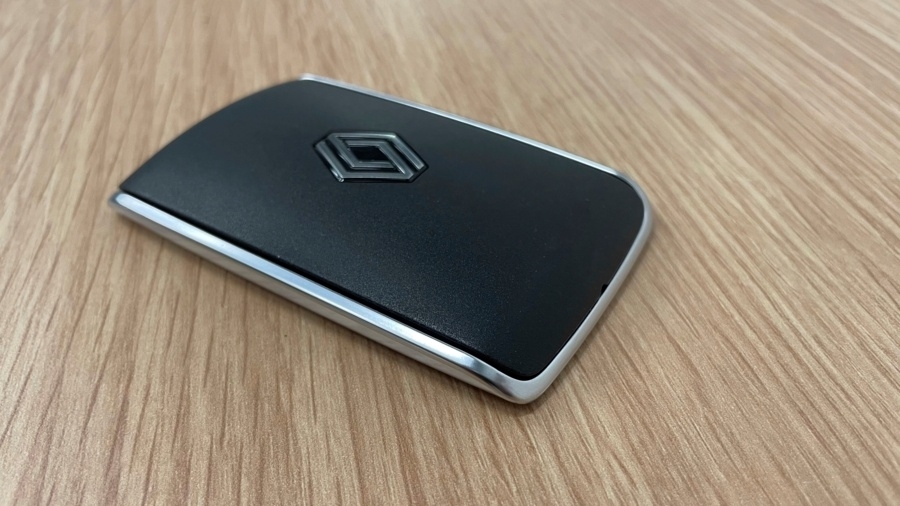
A copy of the latest generation hands-free card fitted to New Mégane E-TECH Electric.
With smartphones appear to be on the verge of replacing cards, Renault has chosen to harness their new capabilities without letting the hands-free card fall to the wayside. On the contrary. In 2021, the Renault vehicle equipment orders prove that customers are very fond of the card accessory. They were included on nearly two in every three Renault vehicles sold. On some models, such as ZOE and Espace, that rate rose to 100%. On others like Scenic, Captur, Kadjar, Talisman, Koleos, and Arkana, it exceeded 90%.
Assets made available for media use :
- photos
- 16:9 video
- b-roll interview + illustration images
Renault, a historic mobility brand and pioneer of electric vehicles in Europe, has always developed innovative vehicles. With the ‘Renaulution’ strategic plan, Renault has embarked on an ambitious, value-generating transformation moving towards a more competitive, balanced and electrified range. Its ambition is to embody modernity and innovation in technology, energy and mobility services in the automotive industry and beyond.
médiathèque (13)
- tout (13)
- Images (10)
- vidéos (3)
Renault, a historic mobility brand and pioneer of electric vehicles in Europe, has always developed innovative vehicles. With the ‘Renaulution’ strategic plan, Renault has embarked on an ambitious, value-generating transformation moving towards a more competitive, balanced and electrified range. Its ambition is to embody modernity and innovation in technology, energy and mobility services in the automotive industry and beyond.



